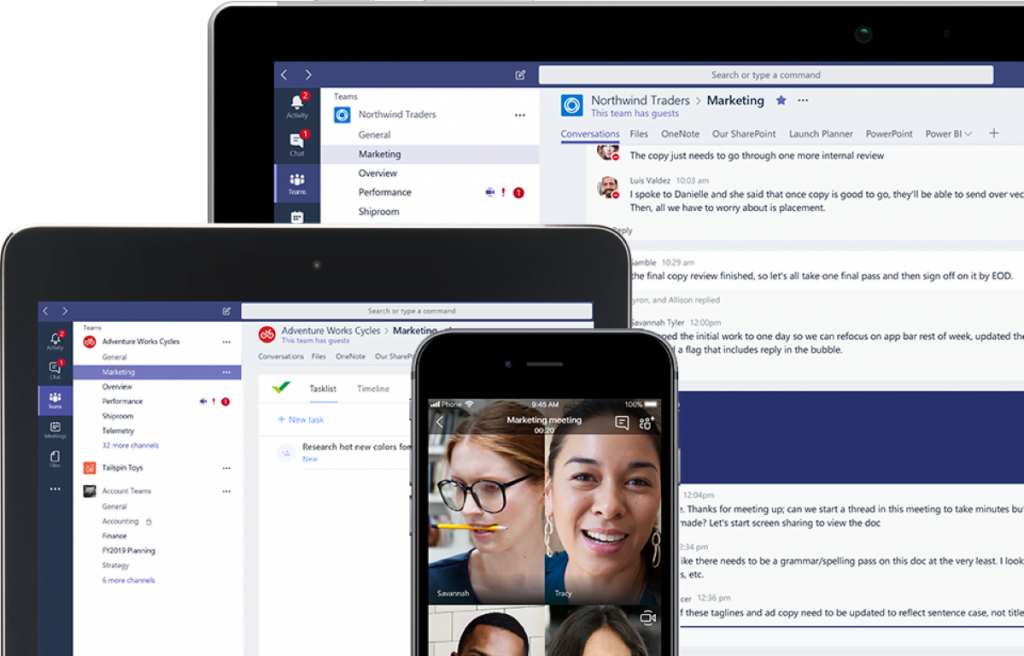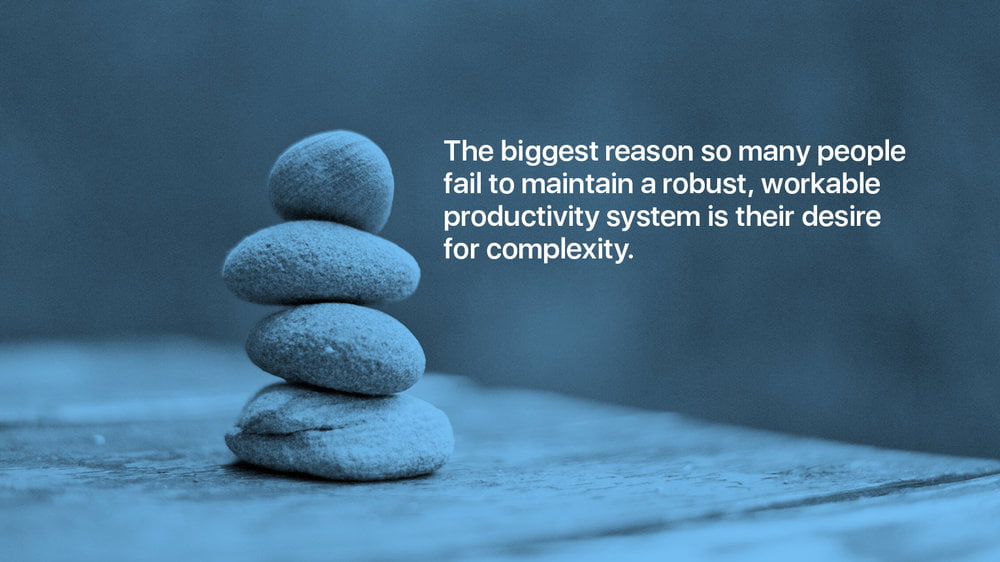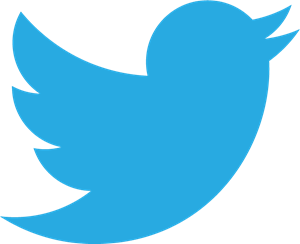
Agility and collaboration under remote working conditions
As the world continues to monitor the outbreaks of COVID-19, working from home is becoming the new normal. Workforces, especially those using Agile methodology, need to adjust to this to ensure their staff continues to be productive as well as independent. (Safe Work Australia, 2020)
Teamwork, scrum and online communication is now more critical than ever. The following outlines how Agile can be used in the current environment as well as providing examples which could be useful in your workforce. (Hughes, 2019)
The Agile Manifesto (Beck, 2001) is a development tool (mainly used for software) that uses the following values:
- Individuals and interactions over processes and tools
- Working software over comprehensive documentation
- Customer collaboration over contract negotiation
- Responding to change over following a plan
Whether it is seen as a development framework or project management is not the point, it is an immensely important approach to pursue in a COVID-19 world.
Let’s review the following 12 Agile principles:
1/ The highest priority is to satisfy the customer through early and continuous delivery of valuable software.
This priority does not change in the post-COVID-19 world; however, the delivery methods will change. Face-to-face meetings (especially with customers) are a fundamental part of this agile framework and subsequently we must adapt how we approach this.

An example of this is, instead of having “in-person” meetings, use communication tools like Microsoft Teams / Skype for Business (Microsoft, 2020) or Zoom (Zoom, 2020) (be aware there are currently security concerns with this tool), to schedule your sessions. Ensure that you plan them well in advance and that you and your customers are familiar with your chosen software.
Ensure both parties have tested it’s use prior to the meeting to avoid those productivity killing technology challenges (this includes consideration of different monitor resolutions that negatively will impact upon screen sharing)
TIP:
- Use a good webcam at eye level height (Logitech C922, C920, C930e) – this will certainly help with the quality of the image and audio
- Ensure you have good lighting, ideally from behind the webcam and pointing down and across your face and not directly into your eyes). Webcams really do better when you are in a well lit room.
- For even better sound, use a separate audio input such as an inexpensive lavalier or shotgun microphone (e.g. Rode VideoMicro or Movo VXR10 – there are plenty out there – do a bit of research)
2/ Welcome changing requirements, even late in development.
Changes always occur when developing. Embracing change is important but, especially when working from home, can be very frustrating. Ensure that changes are recorded and communicated clearly. Try and get a clear understanding of the shift to ensure continuity.
For example (and depending on the environment), use Trello (Trello, 2020), Planner (Microsoft, 2020) or Azure DevOps to list and track tasks and changes. These tools have checklists and can be easily updated as functions change. They also can keep records of what has happened. When working from home, it is imperative to ensure that everyone is on the same page so that the change can happen quickly and effectively.
3/ Deliver working software frequently.
Customers respond positively when they can see progress frequently. They often have invested a lot of time and money in a project and are keen to see results. Working remotely may lead to thoughts that progress is not happening simply because in the past, the customer has sometimes confounded presence with productivity. Subsquently it is clear that strong frequent engagement is important and that you ensure you deliver product / service to your customers in a fashion that is highly visible.
Examples of this include creating and using a sandbox (this is like a “showcase” environment) that customers can log into and “touch and feel” the changes. Use walk-through software and/or present a step by step guide with the changes.
4/ Business people and developers must work together daily.
Finding time in the pre-Covid19 era for cross-department meetings can be difficult. Working together, when all or most staff are working from home, can be challenging. However strong collaboration commitment is essential for creating producing great outcomes and for eliminating information silos.
Microsoft Teams is an excellent tool to use for cross-department meetings. Single or multiple teams can be created, and members from within or outside the organisation can be invited into the team channel. Teams have the functionality to use multiple apps, so it doesn’t matter which software each department is using; it can be a convenient communication tool and repository.
5/ Build projects around motivated individuals. Give them the environment and support they need, and trust them to get the job done.
Ensure that your staff have the correct tools to perform their work correctly. This is referring to all the tools in a “work at home” environment. Ensure that staff have the right hardware, computer/laptop, screens, keyboards and mouse, headphones, web camera, printers or any other electronic equipment they may need to perform their duties.
Make sure you also follow up that they have a comfortable and safe environment to work in. Ask about their workspace, check if their desk is large enough and if they have a comfortable chair, good lighting and sufficient privacy. Be tolerant around home environmental factors (like children and pets). Finally, ensure that support can be provided for communication technology, this includes ensuring there is a good internet connection, and potentially providing a web cam and/or mobile phone.
Support your teams from a psychological standpoint, when they are working from home. It can be very lonely, so make sure there are regular check-in but don’t micromanage. Trust that the team is going to do the job well.
6/ The most efficient and effective method of conveying information to and within a development team is face-to-face conversation.
Communication channels are critical. In a COVID-19 world, face to face conversation is not possible, so use the online tools like Microsoft Teams, Skype for Business or Zoom to communicate. Make sure video capabilities are used – seeing people are online is the next best thing to face to face.
Ensure that you schedule the meetings and treat them the same way you would an “in person” meeting. Not only should you generate a meeting record (in summary) during the meeting, but you should record the meeting if possible as this can assist with memory recall if there are some grey areas.
Use collaboration software. All these tools have the functionality to share screens, to annotate screens, to record conversations and to grant access to allow others to control your own screen. One Note, Office 365 and Google Docs all have functionality around numbers of people working on one document at the same time. This is great for documenting changes as they come up as a team. This also includes using the Agile technologies already mentioned above such as Trello, Planner or Azure DevOps
Zoom also has break out rooms. These are great if you start in a sizeable developmental style meeting and then need to have smaller meetings. The host can then bring everyone back together again without the need to keep creating and recreating sessions. (Zoom, 2020). Similarly in Microsoft Teams you can individually initiate ad hoc one-on-one or group meetings
7/ Working software is the primary measure of progress.
This does not change just because the staff are working from home. Ensure that your teams keep to their goals and that customers get to see the working software frequently. (Hughes, 2019)
8/ Agile process promotes sustainable development. Sponsors, developers and users should be able to maintain a constant pace indefinitely.
Like number 7, this does not change just because staff are working from home. The pace of work may slow down initially, as sponsors, developers and users acclimatise to the new methodologies and tools, however once everyone is familiar with these technologies a constant pace, like what was occurring in the workplace, should be maintained continuously. (Hughes, 2019)
9/ Continuous attention to technical excellence and good design.
Working from home does not mean that work standards should decrease. It is essential that for significant development, technical excellence and good design is maintained. Use the same measures and disciplines that were in place before COVID-19 as these should not have changed. (Rehberg, 2020)8/
10/ Simplicity – the art of maximising the amount of work not done – is essential.

When working from home, keep monitoring the work you are completing. See how it works in with your team.
As you are not in the same environment, it can be quite easy to inadvertently duplicate work. Be specific around what you are going to work on and ask for help if you are stuck.
The daily stand-up from Agile/Scrum is a great way of planning and coordinating for the next 24 hours. Using collaboration tools which allow you to see the work as it happens is also an excellent way to ensure co-ordination within a team. (Rehberg, 2020)
11/ The best architectures, requirements and designs emerge from self-organising teams.
Trust your team. They will find different communication tools that you will not have even heard of. Let them use what suits them. This is best practise to ensure effective and quality development. (Hughes, 2019).
Ensure there is someone acting as the “scrum master” or “project co-ordinator”to ensure that the team is applying the Agile methodology appropriately – the role is one of facilitation and helps ensure everyone is working productively and remains focused.
12/ At regular intervals, the team reflects on how to become more effective, then tunes and adjusts its behaviour accordingly.
Working from home is new. There are many changes and challenges. Meet regularly (especially early on) and tune and adjust the software, communication tools, ways of communicating and ways the team works as often as required. (Rehberg, 2020).
An example of this is when a team member leveraged his experience of using Discord (Discord, 2020) when playing games. He found that Discord also worked great when having live team development sessions, so they now use it regularly.
There is no absolute correct approach, and as time progresses, there are many new technologies and capabilities that will become available. Be ready for these and if they help the team in becoming more productive, use them.
If you want your projects delivered effectively, get in touch with us on how we can help to achieve in this current Pandemic.
References
Beck, K. B. (2001). Agile Manifesto. Retrieved from Agile Manifesto: http://agilemanifesto.org
Discord. (2020, 04 12). Discord. Retrieved from Discord: https://discordapp.com
Hughes, K. (2019, 07 31). The Agile Manifesto Explained. Retrieved from Project Manager: projectmanager.com/blog/agile-manifesto-explained
Microsoft. (2020, 04 12). Microsoft. Retrieved from Microsoft: https://www.microsoft.com/en-au/
Rehberg, B. D. (2020, 03 24). How to Remain Remotely Agile Through COVID-19. Retrieved from BCG: https://www.bcg.com/en-au/publications/2020/remaining-agile-and-remote-through-covid.aspx
Safe Work Australia. (2020, 04 12). COV-19 Information for workplaces. Retrieved from safe work australia: safeworkaustralia.gov.au/covid-19-information-workplaces
Trello. (2020, 04 14). Trello. Retrieved from Trello: www.trello.com
Zoom. (2020, 04 12). Zoom. Retrieved from Zoom: zoom.us
Are you interested in knowing more about it?
Let’s talk, we can help you!
Check out the Lucid Insights blog
There is a variety of content that may help you to improve your business!







